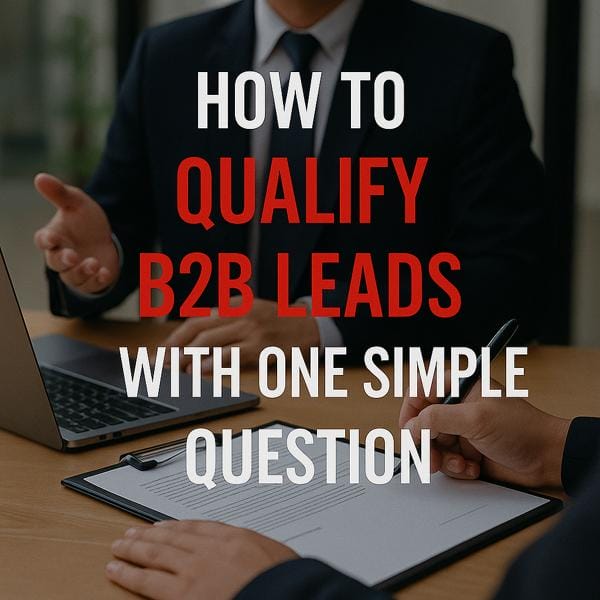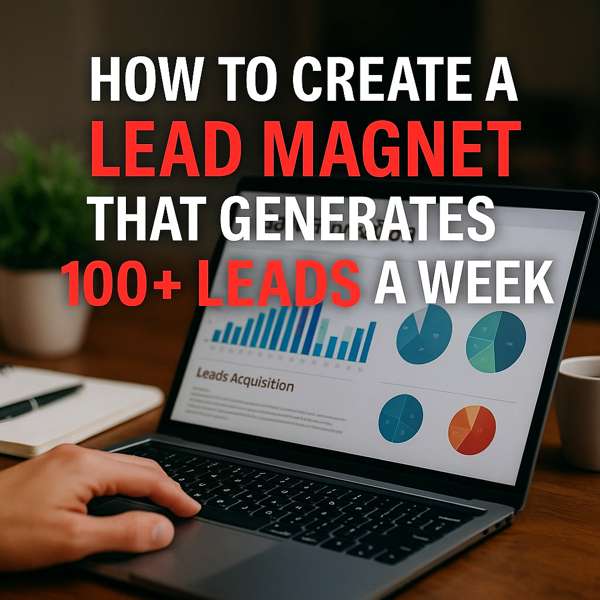The Role of Emotional Triggers in B2B Lead Generation
In the world of business, connecting with potential customers is crucial. This process is known as lead generation. Businesses often target other businesses in this process, which is called B2B (Business-to-Business) lead generation. Emotional triggers play a big role in this area. They can help businesses attract and engage their audience. Understanding these emotional triggers can change how companies approach their marketing. This article will explore how emotions influence B2B lead generation.
The Importance of Emotional Triggers in Marketing
![]()
Emotional triggers are feelings that push people to take action. In marketing, these feelings can make a difference. Here’s why they matter:
- They create connections between brands and customers.
- They encourage trust and loyalty.
- They can motivate decisions quickly.
- They help brands stand out from competitors.
- They can lead to higher conversion rates.
- They allow for more personalized marketing strategies.
For example, a company may use stories of success to evoke feelings of hope. This can inspire potential clients to reach out for services. When emotions are involved, people feel more connected. This connection is key in B2B interactions.
Understanding Your Audience’s Emotions
![]()
To use emotional triggers effectively, businesses must know their audience. Different audiences have different emotions. Here are some steps to understand your audience better:
- Conduct surveys to gather opinions and feelings.
- Analyze customer feedback to find common themes.
- Use social media to see what resonates with your audience.
- Engage in conversations to learn about their challenges.
- Research competitors to see how they connect emotionally.
- Test different messages to see which ones evoke stronger responses.
For instance, a tech company may discover that its clients value innovation. By highlighting cutting-edge technology, the company can tap into this emotion. This knowledge can guide marketing strategies effectively.
Common Emotional Triggers in B2B Lead Generation
![]()
There are several emotional triggers commonly used in B2B marketing. Here are some of the most effective ones:
- Fear: Fear of missing out (FOMO) can prompt quick decisions.
- Trust: Building trust leads to long-term relationships.
- Success: Everyone wants to succeed; showing others’ successes can inspire.
- Belonging: Creating a sense of community can draw people in.
- Urgency: Limited-time offers can push for immediate action.
- Hope: Offering solutions to problems can spark optimism.
For example, a software company may show testimonials from satisfied clients. This builds trust and highlights success. It encourages potential customers to believe they can achieve similar results.
Case Studies: Successful Use of Emotional Triggers
![]()
Many companies have successfully used emotional triggers in their marketing. Here are a few examples:
- Salesforce: They use success stories to show how their products help businesses grow.
- HubSpot: Their focus on community creates a sense of belonging among users.
- Slack: They emphasize teamwork and communication, tapping into feelings of collaboration.
These companies show that understanding emotions can lead to success. Their approaches resonate with their audiences. As a result, they generate more leads and foster loyalty.
Strategies for Incorporating Emotional Triggers
![]()
Incorporating emotional triggers into marketing strategies requires planning. Here are some strategies to consider:
- Create relatable content that speaks to your audience’s emotions.
- Use visuals and stories to convey feelings effectively.
- Develop campaigns that highlight your brand values.
- Engage with customers authentically on social media.
- Personalize communication based on customer data.
- Measure the impact of emotional messaging through analytics.
By applying these strategies, businesses can enhance their engagement. This leads to better lead generation outcomes. For example, using engaging videos can evoke emotions that text alone cannot convey.
Measuring the Impact of Emotional Triggers
![]()
It’s important for businesses to measure how well emotional triggers work. Here are some ways to do this:
- Track conversion rates after launching emotional campaigns.
- Monitor engagement metrics like shares and comments.
- Gather qualitative feedback through surveys.
- Analyze website traffic and user behavior.
- Compare sales data before and after campaigns.
- Adjust strategies based on performance data.
For instance, if a campaign that uses urgency shows increased conversions, it proves effective. Businesses can then refine this strategy for future campaigns.
Challenges in Using Emotional Triggers
![]()
While emotional triggers are powerful, there are challenges to consider:
- Not every trigger works for every audience.
- Overusing emotional tactics can lead to distrust.
- Measuring emotional response can be tricky.
- Different cultures may respond differently to emotions.
- Balancing emotion with factual information is essential.
- It may take time to see results from new strategies.
Businesses should be aware of these challenges. A thoughtful approach can help them navigate these issues. Testing and adapting is key to finding the right emotional triggers.
Conclusion: The Power of Emotions in B2B Lead Generation
![]()
In conclusion, emotional triggers play a vital role in B2B lead generation. They help businesses connect with their audience on a deeper level. Understanding emotions allows companies to create targeted strategies. By doing so, they can increase engagement and drive leads. However, it is essential to measure and adapt these strategies. Overcoming challenges can lead to significant rewards. Ultimately, the power of emotions can transform how businesses attract and retain clients.




